Picking the right ski width can change how well you do on the slopes. Here's what you should know:
- Thin skis (<85mm waist): Good for quick turns and firm snow but not great in deep snow.
- Wide skis (>100mm waist): Best for deep snow days but tough to handle on smooth paths.
- All-around skis (85–105mm waist): A good pick for many types of weather.
Snowfeet Skiblades bring a new option:
- 65cm Skiblades: Simple for newbies, fast turns on smooth paths.
- 99cm Skiblades: Good for all kinds of snow and powder.
- 120cm Skiblades: Best for those who ski a lot, mixing quickness and a sure feel.
Quick Match-up
| Ski Type | Length | Waist Width | Good For | Key Points |
|---|---|---|---|---|
| Thin Skis | Long (150–180cm) | <85mm | Hard snow, tight turns | Fast side-to-side moves. |
| Thick Skis | Long (180+cm) | >100mm | Deep snow | Big float, slow turns. |
| All-Purpose Skis | 150–180cm | 85–105mm | Mixed kinds of snow | Not too much of one thing. |
| Snowfeet 65cm | 65cm | Best fit | New skiers, smooth paths | Not heavy, easy to pick up. |
| Snowfeet 99cm | 99cm | Best fit | Mixed and deep snow | Good for many uses, fast turns. |
| Snowfeet 120cm | 120cm | Best fit | Pros, quick paths | Moves fast and holds firm. |
Snowfeet’s small, light build makes skiing easy and cuts the need for more than one pair. If you're new or a pro, there's a Snowfeet type for you.
How to Choose the Right Ski Width
The Impact of Ski Width on How They Move
The size of your skis changes how they work on the snow. It touches all parts, like how fast you can start to turn or how steady you are when going fast. The size at the ski's middle part is key - it sets if you're making quick, neat turns on hard paths or moving smooth over thick snow. Let's look at how the width of skis shifts big points like turn pace and being stable.
"Ski width is one of the most important factors to consider as you decide which skis to buy." - Powder7 Lift Line Blog
"Narrow skis work best on firm snow. They are good for fast, sharp turns and hold on tight, even on ice. But wide skis, those above 100 mm, are better on deep snow days. They float well on soft snow and are stable in mixed spots, but turn slow on smooth paths because they are big.
Skis for all hills are often in the middle, with sizes from 88 mm to 102 mm. They try to do well in many spots but might not be the best at any. Then there are Snowfeet Skiblades. They mix okay width with short size, for fast turns and good float, without the downs of big skis.
How wide your skis are can change how fast you can flip them. Thin skis flip fast, great for swift, tight turns on neat hills. Big skis need more work to start a turn, which may slow you down when you cut through. As Michael Rogan says:"
"Waist width really comes down to what you value in skiing. If you value quick edge-to-edge movements, narrow is better than wide." - Michael Rogan
Snowfeet's short build is a cool spin on this. Its small size lets it make quick turns but still keeps it stable and able to float, making it a good pick for many uses.
How Stiff or Bendy Skis Are Also Matters
Width does more than just change how you turn - it also affects how a ski bends and moves. Wide skis might not feel as sharp because they have more stuff in them, which can make their bend less easy to guess. Thin skis, on the other hand, tend to give you clearer feedback, yet they need you to be better at using them to stay in control. Snowfeet's make dodges many of these issues by being both small and easy to handle, offering quick moves without losing grip.
Daron Rahlves, a U.S. champ in fast skiing, points out another plus of thin skis:
"Narrower skis are more versatile and easier on the ankles, for sure, especially on hard snow when you want to get an edge in. On a wide ski, you have to fight so hard to make a good turn on hard snow." - Daron Rahlves
Snowfeet goes even further, giving good results on many types of snow without the usual downsides.
Small Skis vs. The Wide Ones
When you walk into a ski shop, you see many long, big skis lined up. They’re made for certain uses. But, things are changing in the world of skiing - it's moving towards small, strong options. Let’s look at how the two types compare on how well they work.
Usual Ski Widths for All Terrains
Old-school skis for all places stick to well-known sizes. Big names like Rossignol and Atomic make skis with middle parts that are from 80mm to 105mm wide and are from 150cm to 180cm long. These sizes are meant to do many things, but they can feel big and hard to manage.
Each old type of ski fits in a certain width group:
- Carving skis: Less than 85mm wide for sharp turns on smooth slopes.
- Frontside skis: About 82–88mm wide, good for hold and speed.
- Big-mountain/freeride skis: More than 100mm wide, made for deep snow and wild trails.
Though these choices seem great, they often make skiers buy many pairs for different snows - an expensive and hard fix. For most who ski for fun, this may seem too much when they just want to have a good day out skiing.
Snowfeet Skiblades: A New Way

Snowfeet changes the game with small, sharp-focus designs. They offer skiblades in sizes like 65cm, 99cm, and 120cm - a small choice but still strong.
Starting at $400, Snowfeet Skiblades focus on quick moves and control. Their small size makes them easy to use, even in busy spots or tight paths.
"Snowblades are all about making quick, tight turns. Their small size makes them super easy to maneuver, which is awesome if you're dodging people on crowded runs or threading through tight spots." - Snowfeet Team
Old style skis use more area to float, but long ones can be tough to steer in tight spots. Snowfeet, in turn, mix width and length well to float and stay steady, but without the big size.
| Ski Type | Length | Waist Width | Turn Speed | Move Ease |
|---|---|---|---|---|
| Old All-Mtn | 150–180cm | 88–102mm | Slow at quick turns | Hard in small spots |
| Snowfeet 65cm | 65cm | Best fit | Top speed in turns | Top-notch |
| Snowfeet 99cm | 99cm | Best fit | Great at fast turns | Very well |
| Snowfeet 120cm | 120cm | Best fit | Good speed | Good |
Short skis with the right fit in width and length are fast to turn, easy to handle, and need less work to move. Snowfeet's new build gives fast moves and less work use that old skis just can't meet.
sbb-itb-17ade95
Picking the Best Ski Width
The width of your skis can change how you feel when you ski. What you like to ski and where you ski help you pick the right size. Some people have many pairs for different places, but Snowfeet makes one type that fits many spots.
Best Width for Smooth Tracks and Mixed Snow
On hard or smooth trails, usual skis with a waist of 85–105 mm are picked a lot. They work well on hard snow but can be hard to handle when snow gets wild. Snowfeet’s 65 cm skiblades are better here. They make quick, sharp turns easy and keep control even on icy or rough snow.
If you face mixed snow - from new powder to windy spots - the 99 cm skiblades do great. They keep steady and move well, changing as the ground does. This makes them good for skiers who see all kinds of snow.
Powder Snow: Snowfeet POWDER vs. Wide Freeride Skis
Big powder skis, often more than 100 mm wide and 180+ cm long, slide on top of deep snow well. But, they’re big and make tight turns hard.
Snowfeet's POWDER skiblades, at 99 cm, float in powder without being too big. They stay quick and are good for moving through trees or tight spots. They work as well as big powder skis but aren’t heavy or long.
Picking Width Based on How Well You Ski
How well you ski matters a lot when choosing ski width. Snowfeet has choices to fit all skiers. For new skiers, easy-to-handle gear is key. While wider skis are forgiving, they can be tough to steer right. Snowfeet’s 65 cm skiblades keep it simple, giving new skiers balance and control without the bulk.
For those at a middle level, the 99 cm skiblades mix quick moves and steady feel well. They’re fast but also safe. Skilled skiers, who might need many skis for different snow, can use Snowfeet’s 120 cm skiblades. They give speed, a steady ride, and work in all kinds of places, making them a good pick for those who know the slopes well.
| Skill Level | Usual Ski Size (Length) | Snowfeet Skiblade Size | Main Plus |
|---|---|---|---|
| Newcomer | ~150–160 cm | 65 cm Skiblades | Easy to use, quick to learn |
| Middle | ~160–170 cm | 99 cm Skiblades | Good for moves and steady |
| Top | Many skis (~170+ cm) | 120 cm Skiblades | All good in one, works well |
Snowfeet's build lets newbies start with 65 cm skiblades and go up to 99 cm or 120 cm as they get better. This step-by-step way makes them a wise choice for skiers of all skill sets.
Why Snowfeet Are Better Than Old Skis
Snowfeet blades make your ski times new and fun. They are not like old skis from big names like Rossignol, Atomic, Head, or Elan. Old skis are made for just one kind of snow, but Snowfeet are easy to use in many places, and they are good for trips.
Light and Easy to Take Along
Old skis can be long, from 150 to over 200 cm, and are hard to carry. They are big, heavy, and not good for trips. Snowfeet blades, on the other hand, are small and light. They are between 65 and 120 cm. This means you can handle them well and move them easy - they can even fit in a big bag! Being small makes trips better and keeps you from getting too tired on the hills. This lets you have more fun all day.
"Short skis are light, easier to control, and user-friendly." – Snowfeet Team
If you get tired of handling big gear, Snowfeet’s small size is a big deal.
Fast Turns and Sure Control
Turning with old skis can seem like driving a big ship - big and slow, hard in small places or tough land. Snowfeet short skis are made for quick moves. They answer right away, great for getting through bumps, slipping between trees, or moving on busy hills. You’ll find it easier to guide them, changing course real quick.
"Long skis are for most of skiers too clunky and heavy." – Snowfeet Team
This new ease to move makes Snowfeet the top pick for skiers who want fast and sharp moves.
Great for All Snow
One key win for Snowfeet is how it fits many needs. With normal skis, you often need many pairs for different snow types - deep, smooth, or park land. Snowfeet fixes that fuss. Look at the 99 cm Snowfeet POWDER skiblade, for one. It rides well in deep snow and still cuts fine on groomed paths. Even the big kinds keep good hold in soft snow yet are easy to use.
This single-design idea lets you drop the extra stuff and just have fun on the hill. No matter if you face new snow, icy spots, or wet snow of spring, Snowfeet shifts with ease.
| Old Ski Gear | Snowfeet Skiblades | Perks |
|---|---|---|
| Needs many pairs for each snow kind | One pair suits all snow forms | Simple tools setup |
| Big and heavy to take | Light and small | Easy to move and less tire |
| Must have special carry gear | Goes in usual bags | Easy to carry |
| Depends on the snow's state | Good on all land forms | Great use in all places |
With Snowfeet, skiing gets easy. It's not just about skiing; it's about making everything simpler. No need to deal with many skis or more stuff. Just take your skiblades, go to the slopes, and have fun on the mountain.
How to Pick the Best Ski Width with Snowfeet
Choosing the right Snowfeet model needs you to think about how well you ski and the kind of ground you'll be on. Snowfeet has three main sizes that fit all - from those just starting to experts - helping you find a pair that fits your way of skiing.
For new skiers, the 65 cm Skiblades are a good first pick. These short blades answer fast, making it easy to learn tight turns without the big size of long skis. Their small build also cuts the risk of snagging an edge, which is great for getting better on easy hills or in small spots. Once you handle the easy moves, you might go up to the 99 cm Skiblades for more uses.
Skiers with some skills will enjoy the 99 cm Skiblades. This size is just right for all types of ground. Whether you're making smooth lines on well-kept paths in the morning or going over bumps and a bit of deep snow later, these blades adjust with ease. They even keep you afloat on snowy days, while staying quick for fast turns.
"Snowfeet are very easy to learn for hockey players, roller-bladers and ice-skaters since they combine skiing and skating." – Snowfeet Team
If you're good at skiing, try the 120 cm Short Skis. They are made for fast rides and strong hold, so you can cut through the snow well when going fast. They also do great in deep snow, turning quickly and working well on sharp slopes.
| Snowfeet Size | Skill Set | Ground Type | Main Plus |
|---|---|---|---|
| 65 cm Skiblades | New users, fast learners | Flat, narrow paths | Quick feedback, simple handling |
| 99 cm Skiblades | Mid-way, all-round | Varied ground, mild slopes | Moves well, stays firm together |
| 120 cm Short Skis | Pro, fast fans | Sharp hills, deep snow, fast tracks | Top firmness and easy to carry |
Each Snowfeet kind has its own width for different snow kinds. Wide ones hold you up better and move well in soft snow, while thin ones are great for quick twists on smooth paths. The cool part? Even the wide Snowfeet turn faster than most old skis because they are small.
Another good thing is how they fit with boots. Snowfeet pair well with normal winter boots, so no need to buy big, special boots. With no heavy ski boots, you get a light, easy setup for your hill trips. This way, you can pick the best blade size and width for how you ski.
Start with the one that matches your skills, and you'll soon see what makes Snowfeet special. Not like old skis, where you might need many types for different snow, one Snowfeet kind can deal with most of your hill fun.

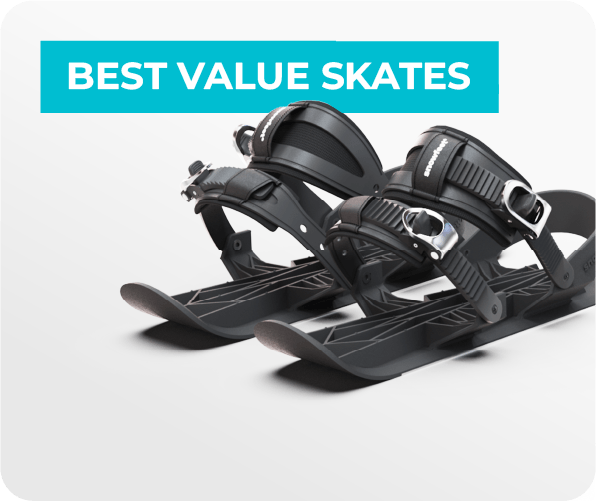
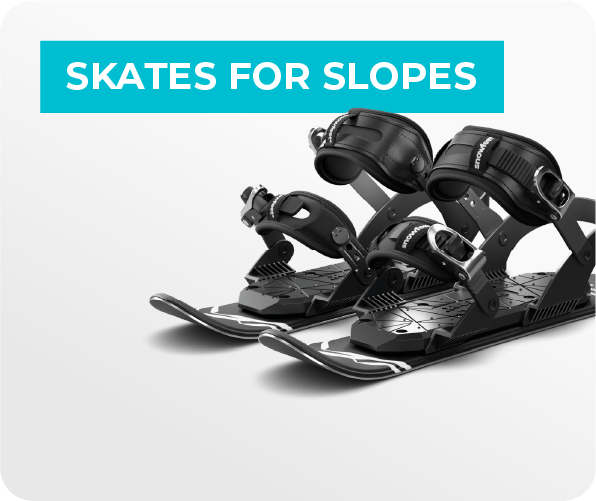
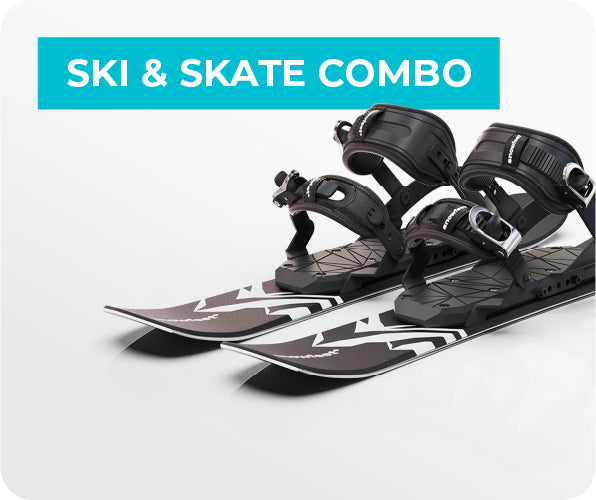
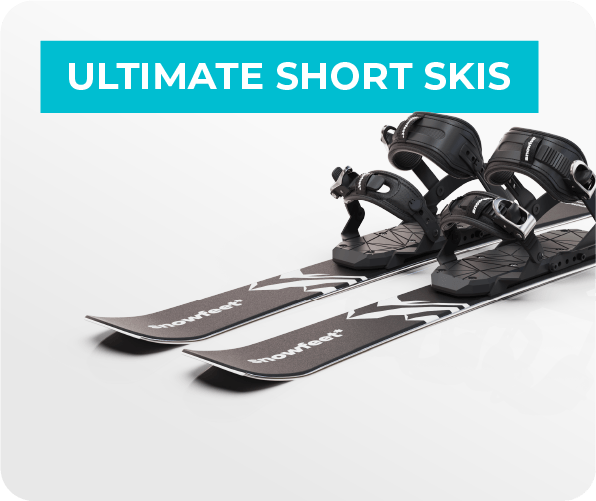
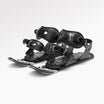
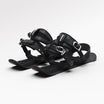
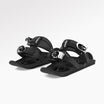
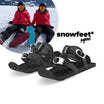
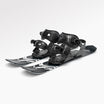
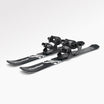
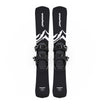
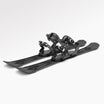
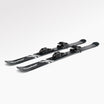
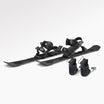
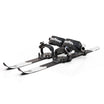
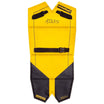
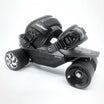
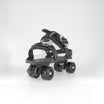
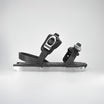
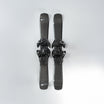
![All-Mountain Ski Width Explained: Finding Your Sweet Spot [2025]](http://www.snowfeetstore.com/cdn/shop/articles/683031ccd3b96619817e57fa-1747991442461_1a204d13-937a-4bcd-8de5-698074f8e704-9134543.jpg?v=1758688879&width=1500)
![Best Powder Skis [2025]: Float Effortlessly Through Deep Snow](http://www.snowfeetstore.com/cdn/shop/articles/682fcdb8d3b96619817dc933-1747988681240_de593cf2-3ad2-4b6c-a955-b3b60a4d19d4-7506934.jpg?v=1758688875&width=1536)
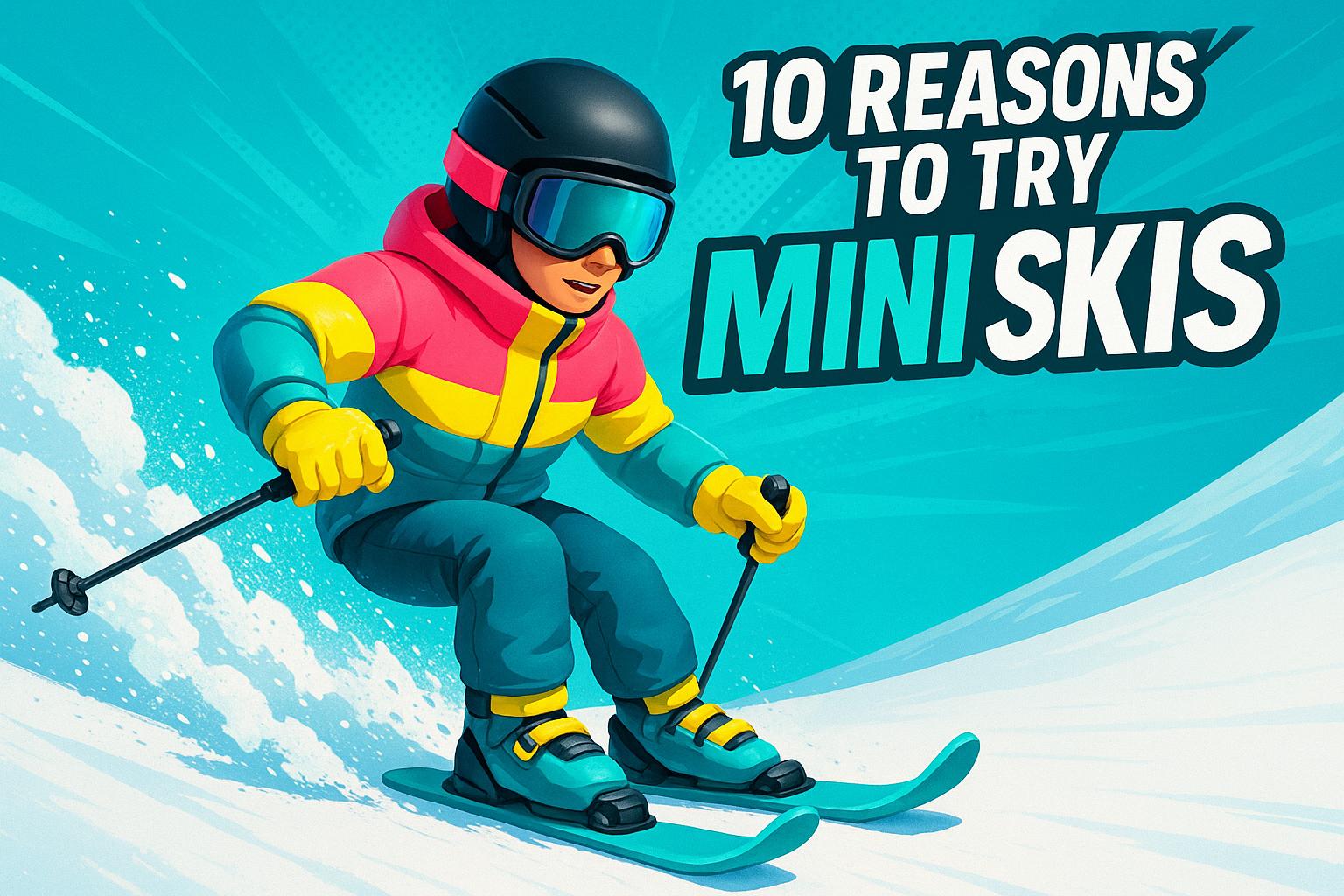
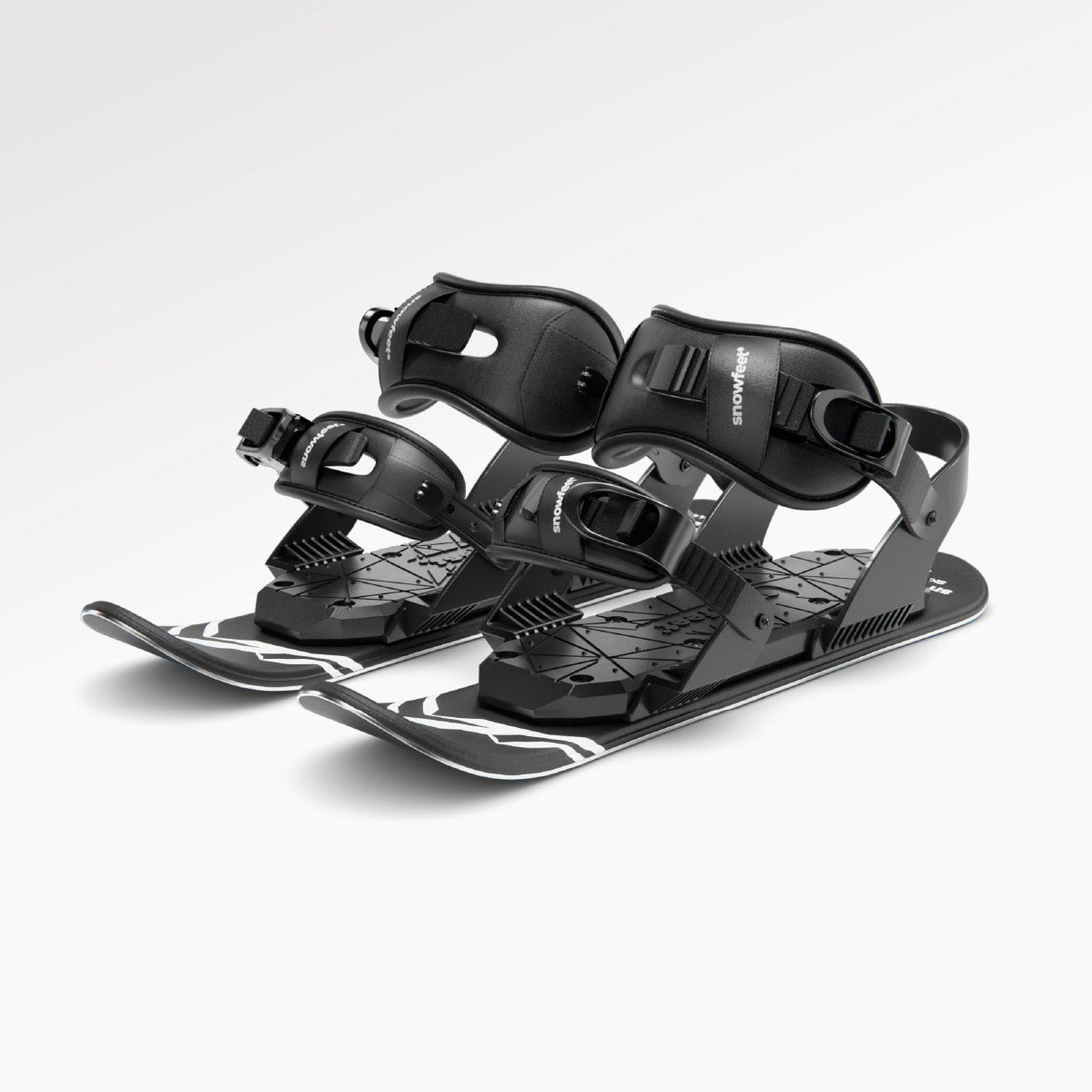
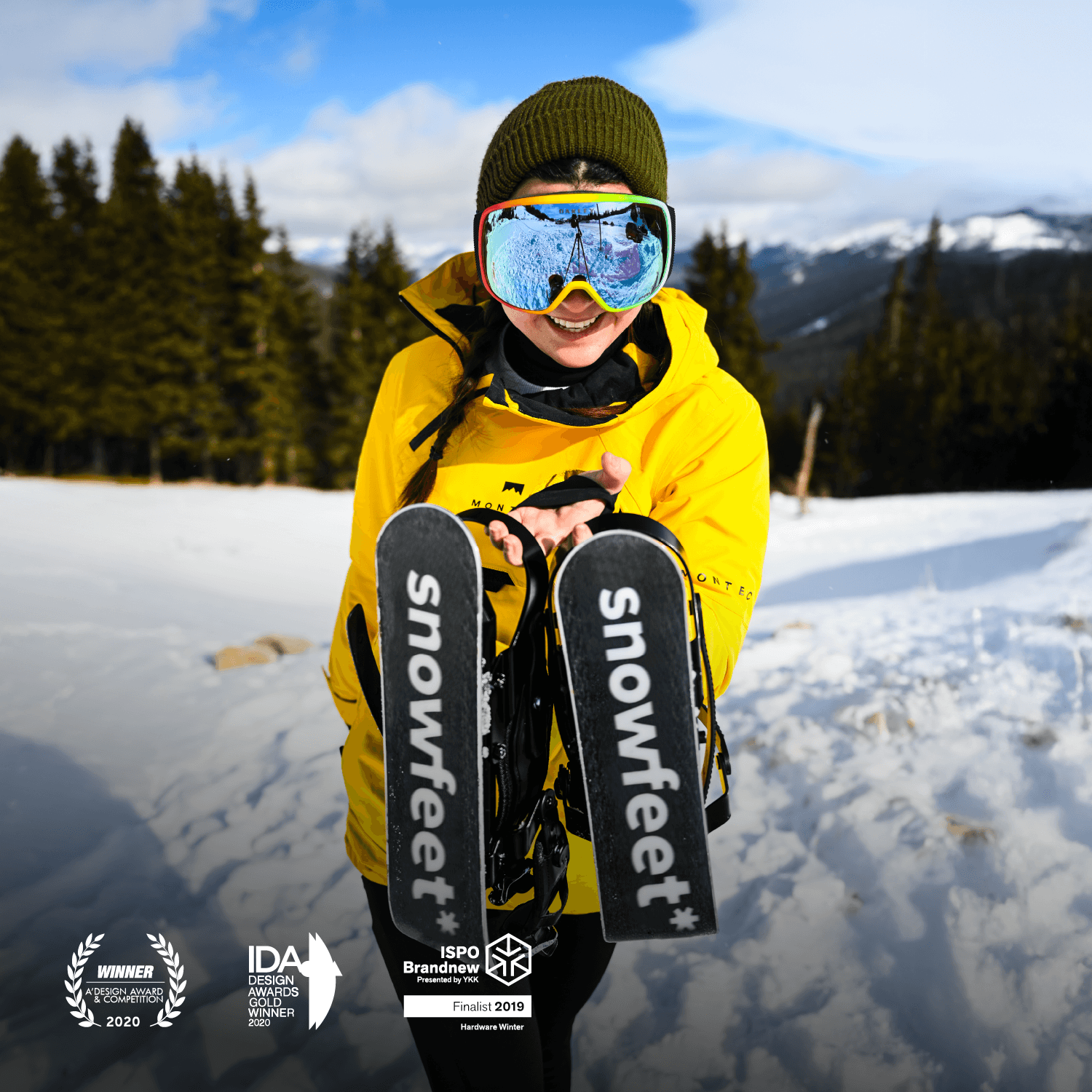
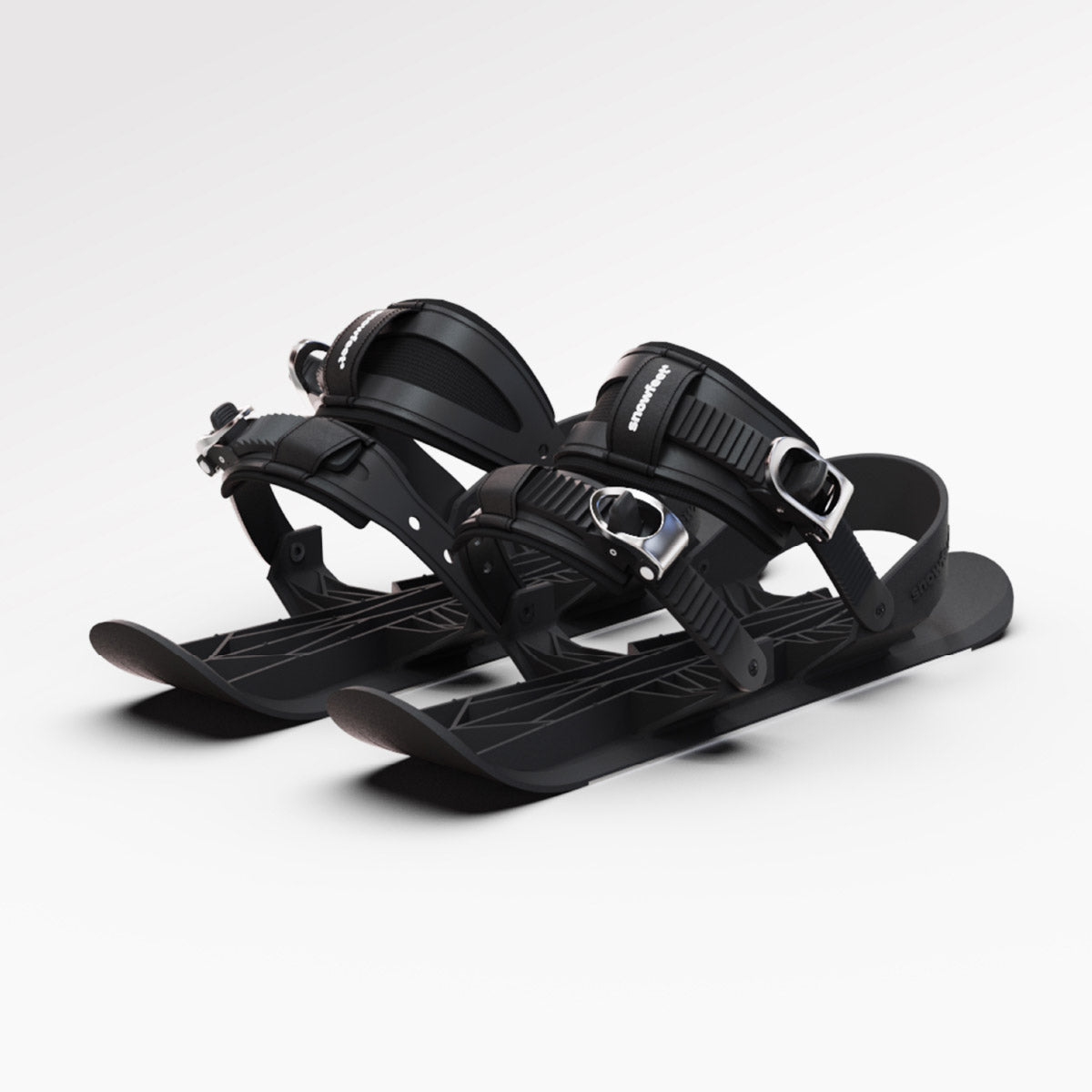
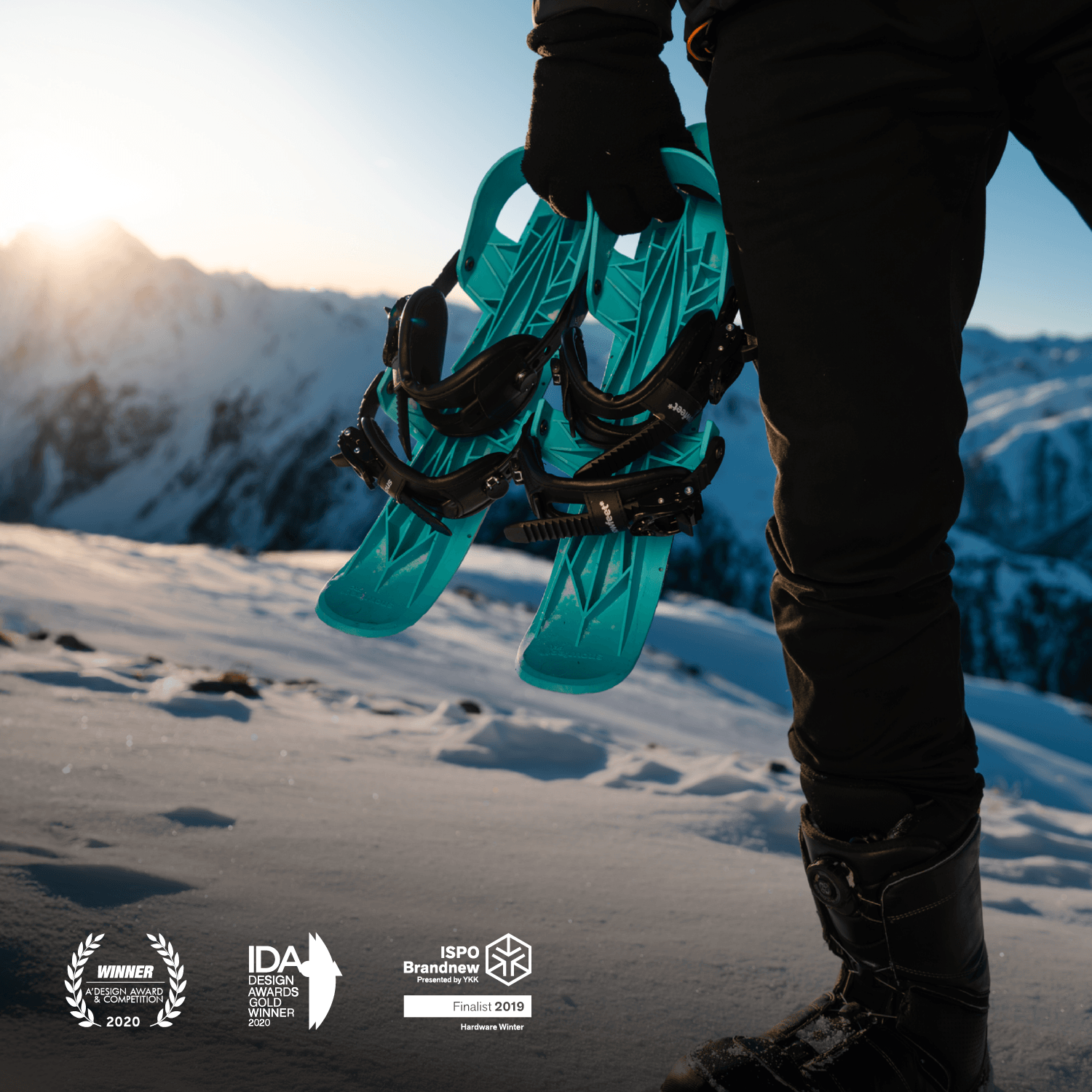
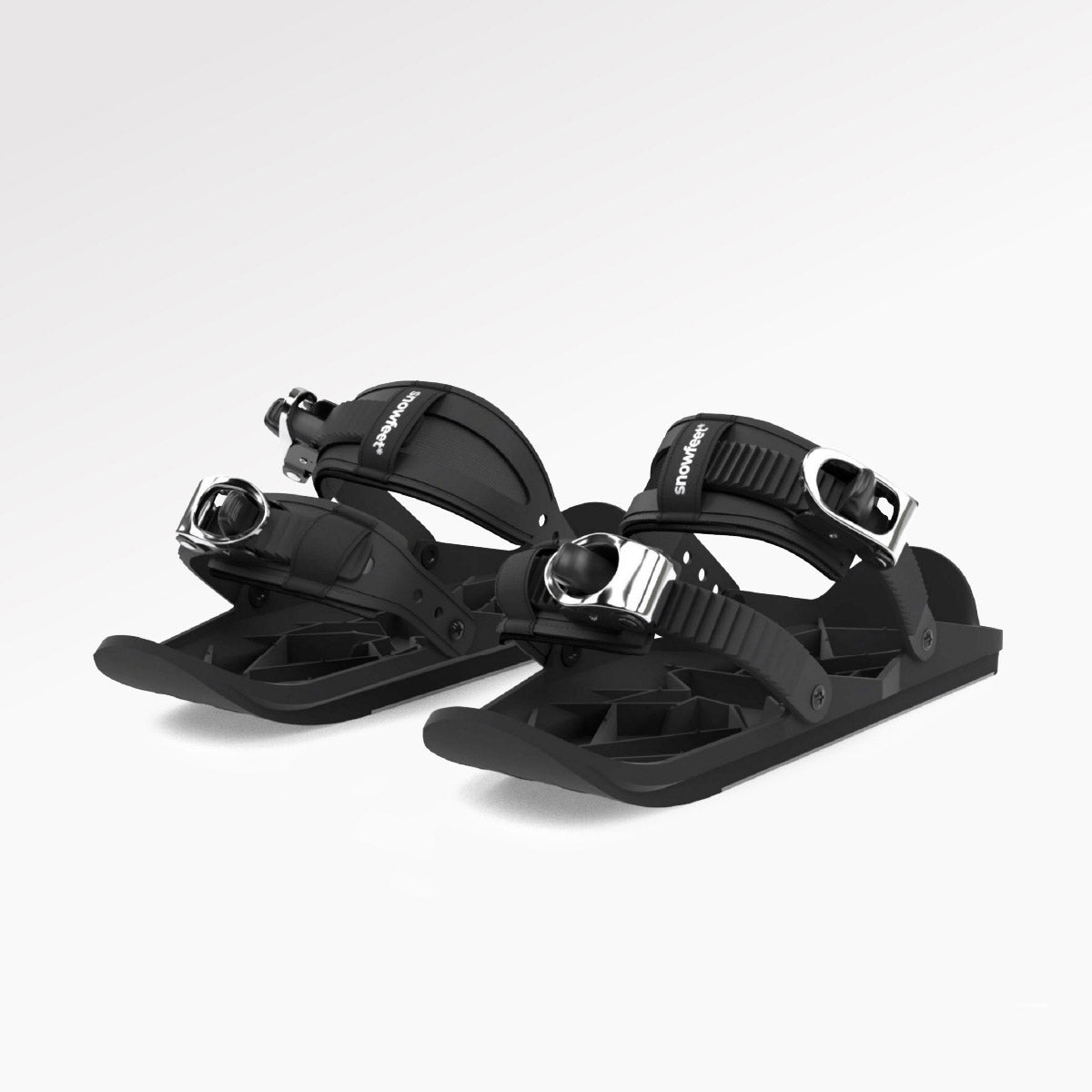

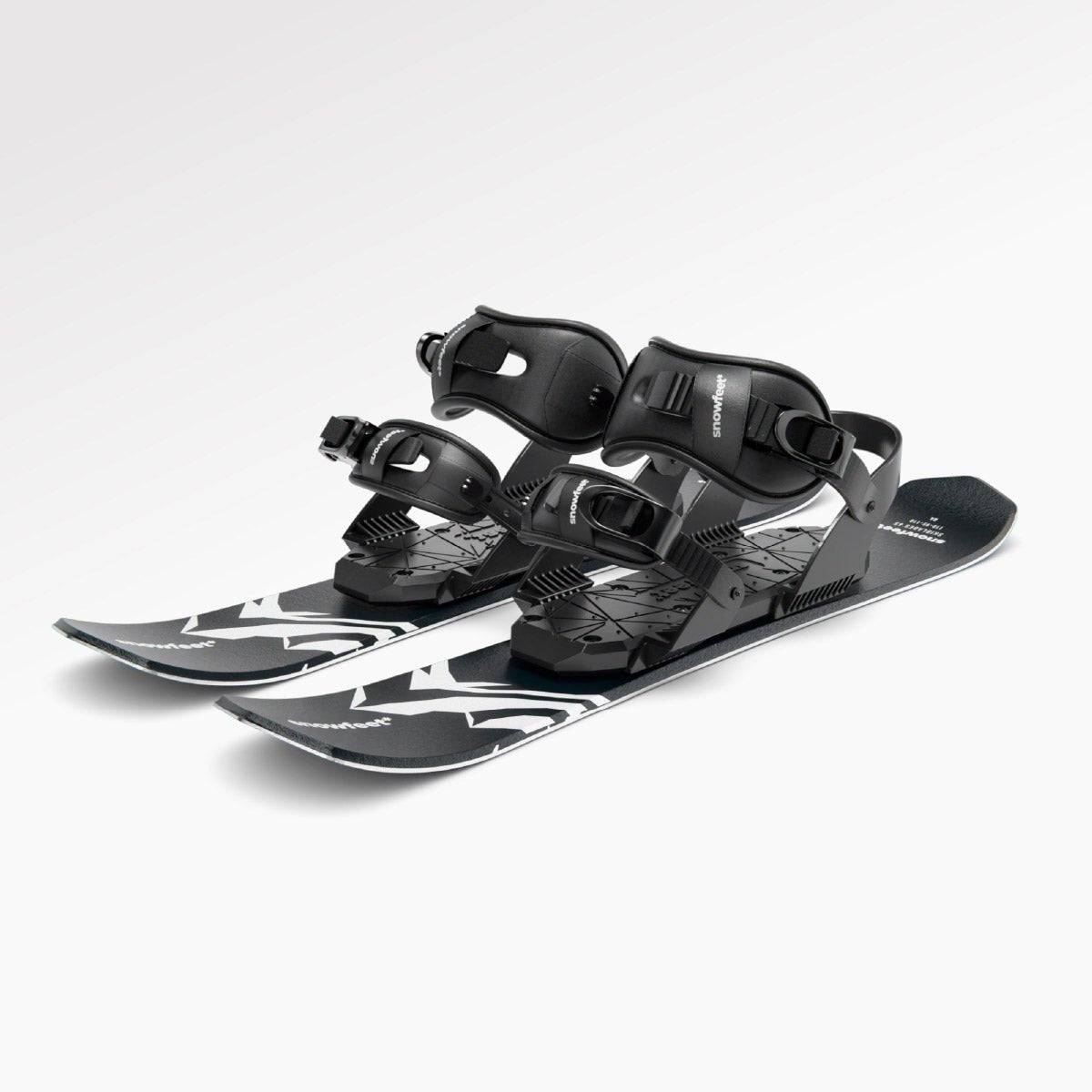
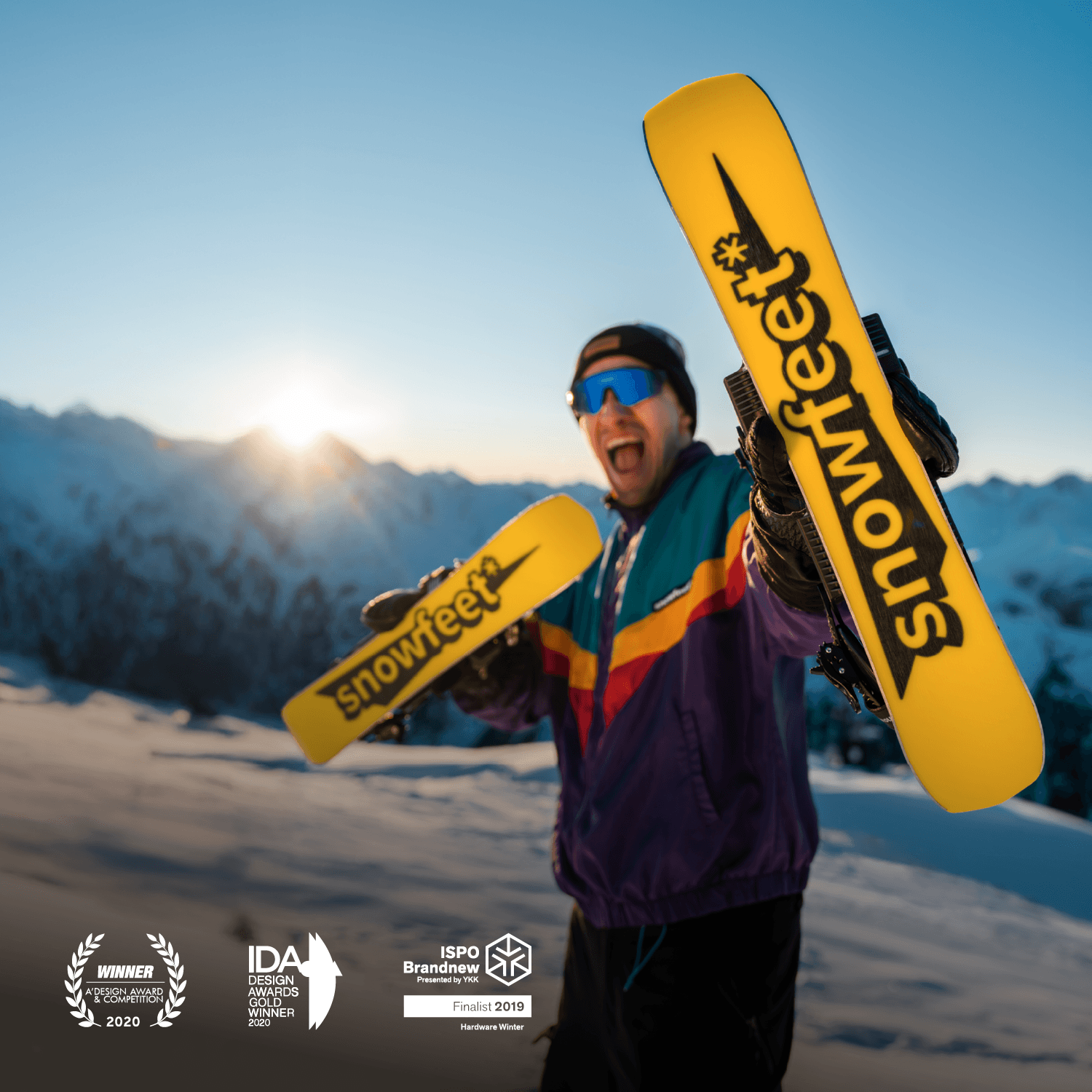
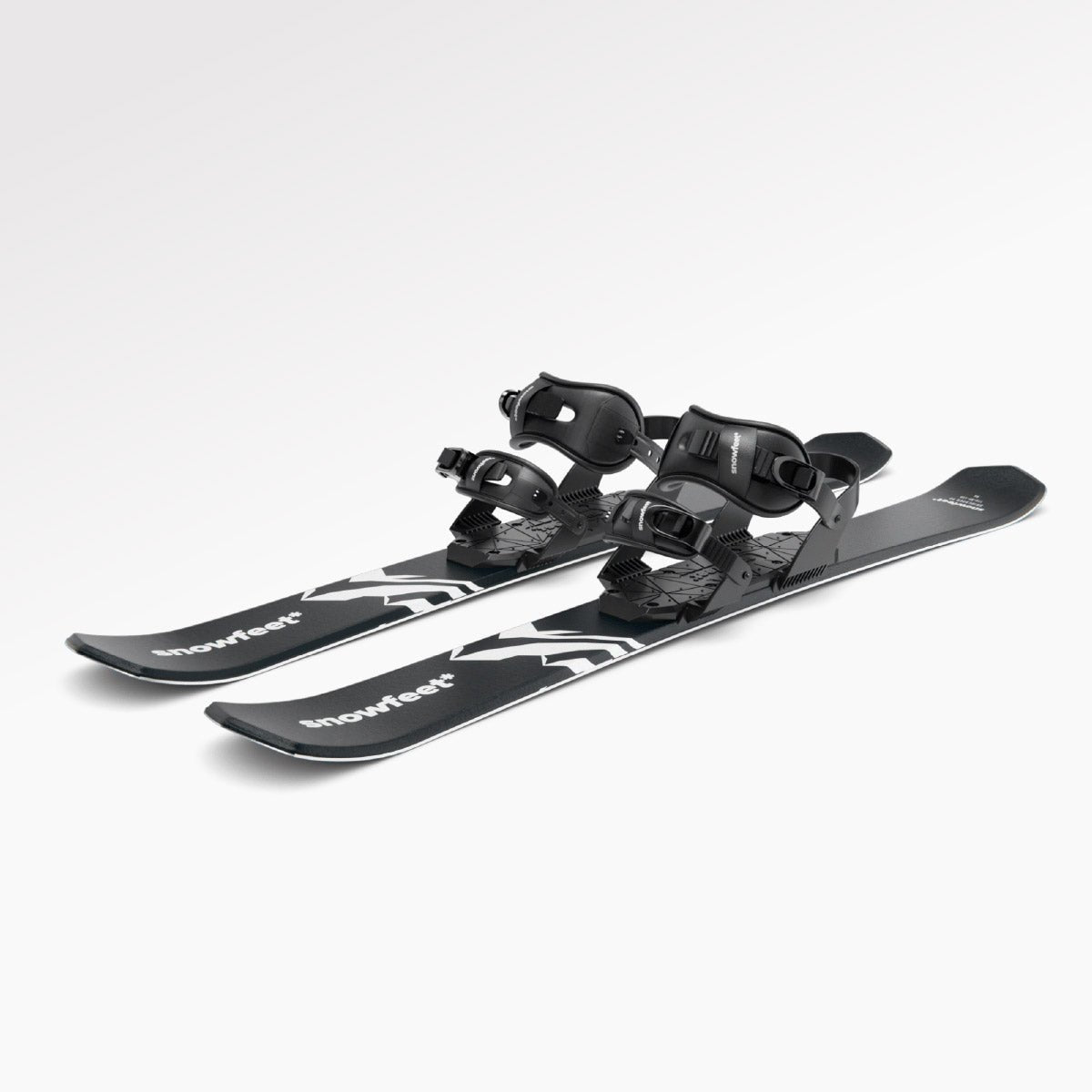
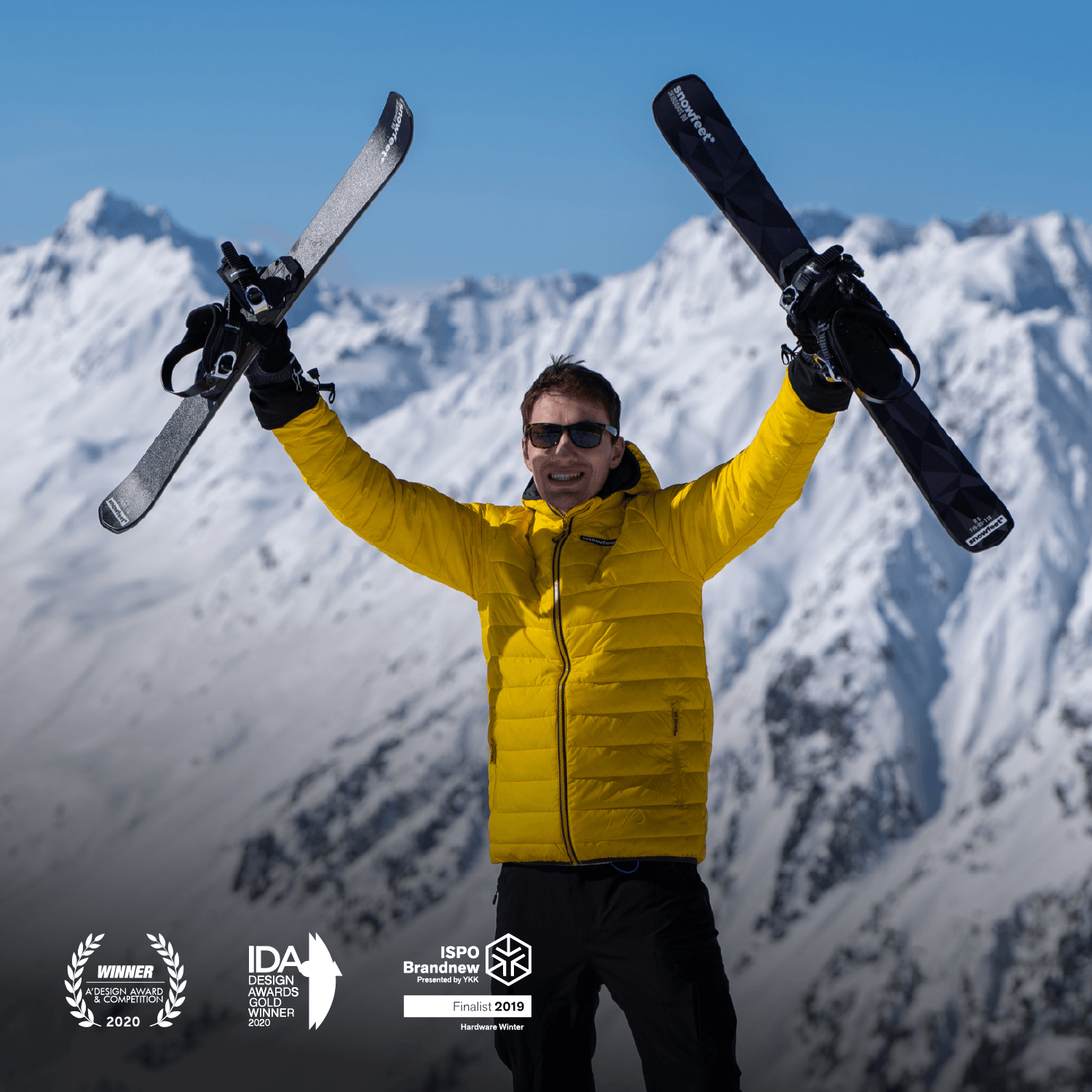
1 comment
Dan Spinazzola
I am an old skier and miss the “old” style skis of the 80’s. I’ve tried the WIDE skis, The Parabolic SHAPELY skis and get no enjoyment. I saw your ad and thought I’d try your theory if I understand. I would like a 70mm from Tip. Waist to Tail. I’ve looked every where including Used Ski Shops. Do your skis fit my need? 12/16/25. Thank you
dan@drs-intl.com 619-994-3540
Leave a comment
This site is protected by hCaptcha and the hCaptcha Privacy Policy and Terms of Service apply.